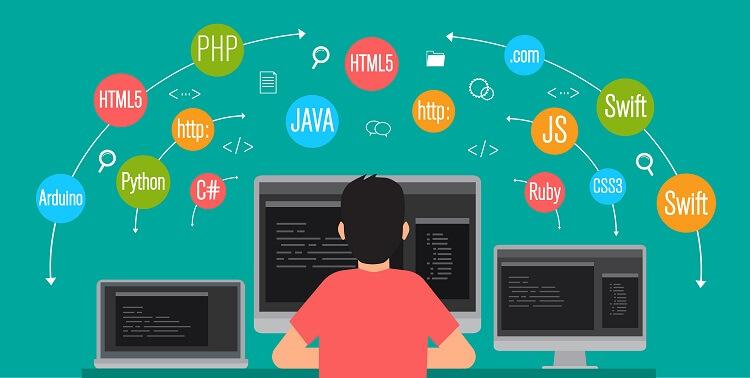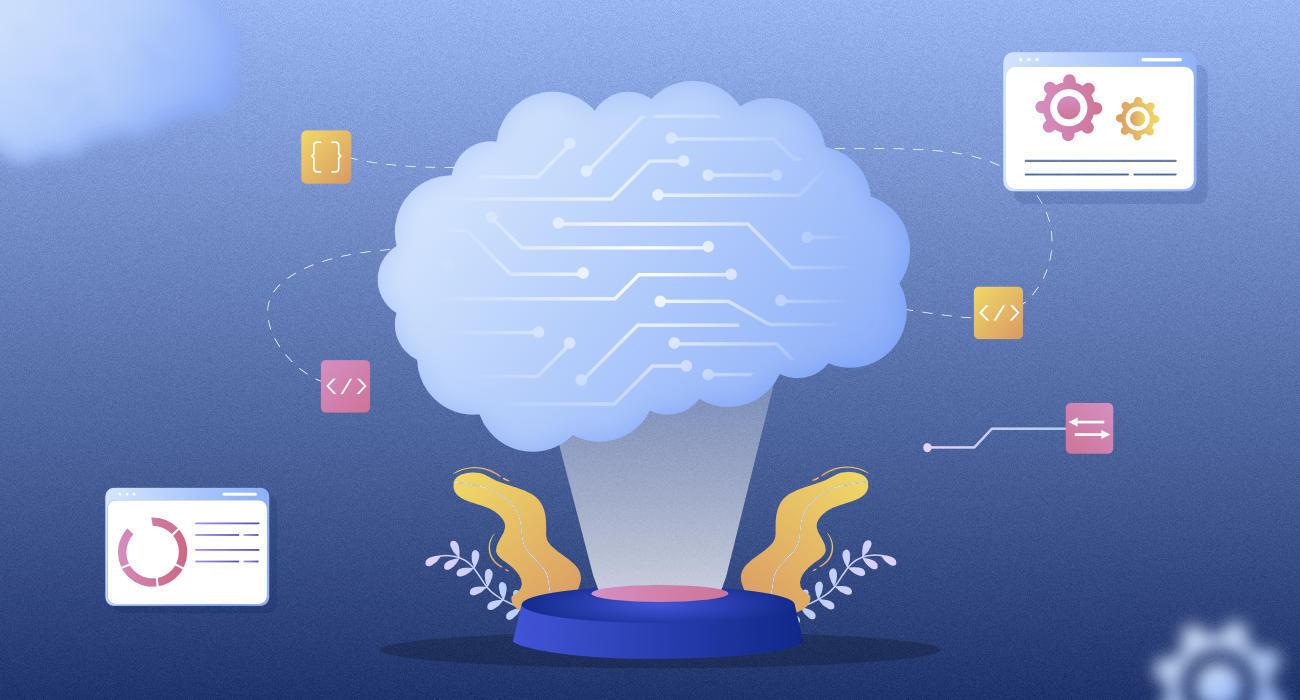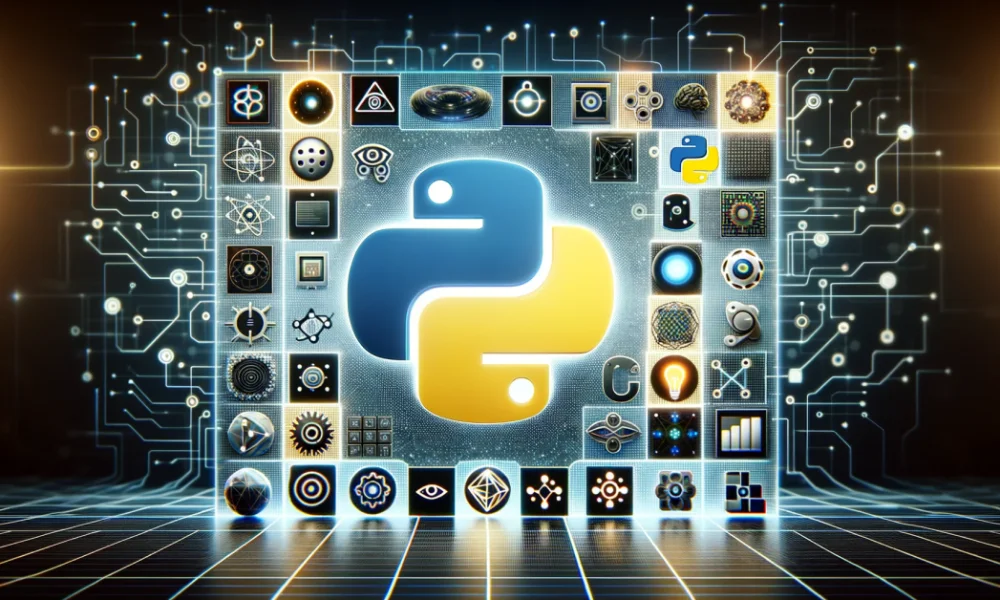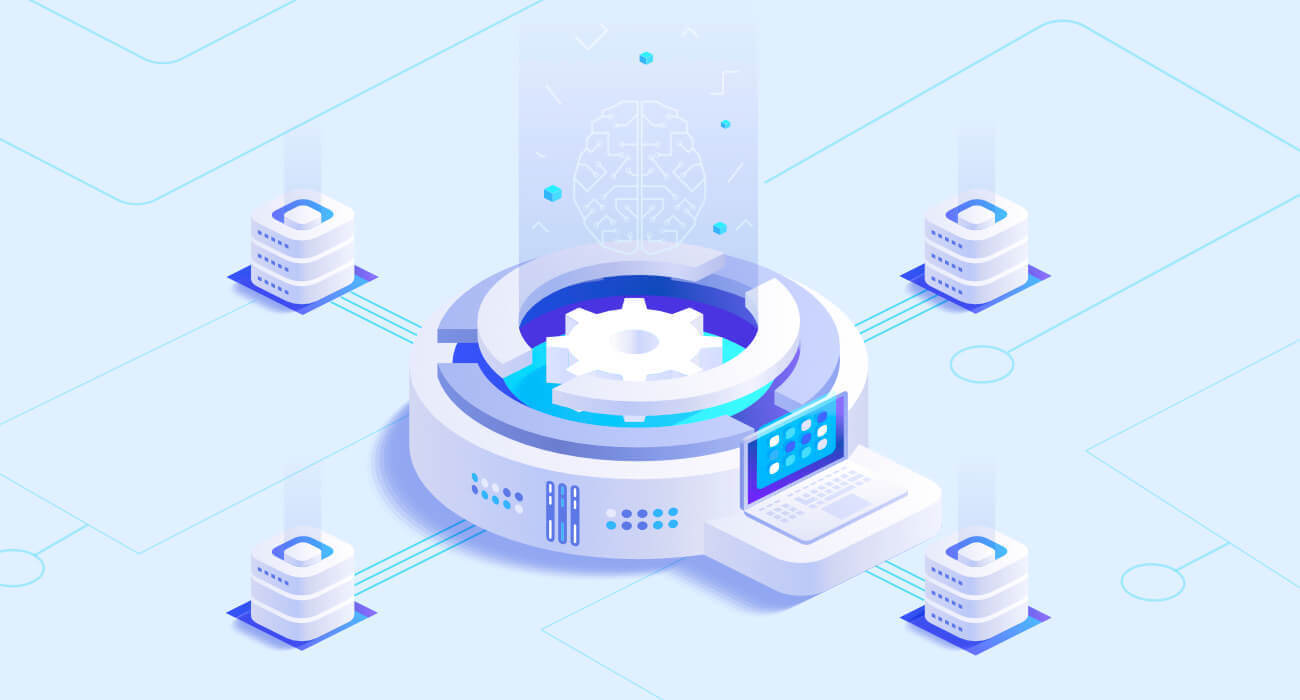The world of artificial intelligence (AI) is expected to grow at a compound annual growth rate (CAGR) of 38.1% between 2022 and 2030. According to GlobeNewswire, the machine learning (ML) market will hit USD$209B by 2029. A significant portion of this market size can be attributed to the cost of training ML models.
Choosing the right training infrastructure is an important part of your ML project. A successful project doesn’t necessarily need the latest tools in research. You only need a pipeline that complements your needs and the available budget.
A typical machine learning life cycle comprises three main components; preparation of data, training models, and deployment. Each of these phases is essential for creating a quality model. Fortunately, there are many helpful pages online today that can help you navigate all the phases without too much hassle.
This article is one of those pages. Here you’ll learn the basics of ML infrastructure and ML model. The article will also discuss how to choose an ML training infrastructure that enhances the success of your project. Keep reading for more information.
What is ML Training Infrastructure?
Although machine learning is within reach for most organizations, many of them still struggle to understand this concept. Whether you’re an executive or a developer, it’d be prudent to learn the basics of ML infrastructure to enhance the success of your project. With this knowledge, it becomes easier to choose one that’s ideal for you.
One of the most important terms you’ll come across is the ML model. It’s a file trained to identify certain patterns. Programmers create an algorithm and use a given set of data to train their model. This provides some ‘perspective’ that the model can use to reason when it comes across similar data in the future.
That said, ML infrastructure refers to the hardware and software needed for the training of the ML model. All the ML tools and frameworks employed in the training phase fall under this category. The infrastructure allows DevOps teams, engineers, and data scientists to manage and operate the necessary resources and processes.
Here are some of the factors to consider when choosing an ML infrastructure that suits your needs:
Learn The Programming Language
Although there’s a wide range of programming languages today, not all of them are ideal for your project. There is no ‘one-size-fits-all' when it comes to choosing a programming language in data science. Some are ideal for a beginner, while others can be a little complex. Of course, each one of the options has its pros and cons. But at least one of them will meet your needs depending on the type and nature of the project.
Here are some of the languages you’re likely to come across in your research:
1. Python
Python is the most popular programming language in machine learning. A survey by Towards Data Science shows that at least 57% of ML developers and data scientists use Python. About 33% of these professionals prioritize it because it has awesome libraries.
Another benefit is its simplicity and ease of learning. Python’s syntax is much the same as the English you speak. This makes it quite easy to read and understand even for someone who has never written a line of code. Therefore, it’s the best language for beginners and seasoned developers.
It's worth noting that Python has over 137,000 libraries covering a variety of fields. In fact, this is one of the reasons this programming language continues to gain a lot of popularity. So, if you want to build complex models then Python libraries would be ideal for such a project.
2. R language
R is another popularly known programming language that you might want to consider. The R environment and language are ideal for graphics and statistical computing. With this language, you can easily design and produce publication-quality plots, including mathematical formulae and symbols. This is actually one of its main strengths compared with many other languages.
If your project involves a lot of statistical and graphical representations, then this might be your ideal option. R provides a wide range of statistical and graphical techniques. Another benefit you’ll enjoy from this programming language is the fact that it’s highly extensible. So, if you’re planning to expand your project in future, R should be one of your best candidates.
3. Scala
Similar to Python, Scala is very easy to learn, especially if you have a programming background. It's quite similar to Java, so you’ll need less time to understand it if you already know how Java works. Nevertheless, Scala’s syntax is simple and concise even for a beginner.
Apart from being similar to Java, it can also interoperate with Java libraries and code. Scala supports functional style of programming, a similarity it shares with R and Python. It also boasts of strong static systems and is object-oriented running on Java Virtual Machine (JVM).
One of the biggest differences between Scala and Python is their typing. Python is both strongly and dynamically-typed, while Scala is statically-typed. That means, Python’s variables have a type which matters when performing operations on them. Due to dynamic typing, the variables are only determined during the runtime.
On the other hand, Scala’s variables are determined during compile time. As such, the variables are already known when runtime begins, which enhances the programs efficiency. In fact, some developers prefer it over Python in some projects because it performs better.
As Scala, R, and Python are the most popular, your decision will probably revolve around the three languages. Choose one that works best for your project. It'd also be a good idea to go with a language that you already understand.
Consider The Type Of Data You Have
Data ingestion is a crucial part of any ML training project. Your ML model requires data in one form or the other for it to learn and give you the desired results. So, it’s important to consider the type of data you have when choosing your ML training infrastructure. For instance, if you want your product to read photos, then make sure the infrastructure you select supports such tasks.
The nature of data ingestion may also matter in your selection process. Some ML infrastructures support batch data ingestion only, while others allow you to stream data. Assess the source of your data and your infrastructure accordingly. If you have different sources, then make sure each one of them is considered in your plans to allow a smooth flow of data.
Another thing you might want to keep in mind is the file format. This refers to the structure and encoding of your data. It’s usually identified by extensions such as .txt (for text files), .mkv (video files), and .jpeg (for image files). It’s imperative that you select an ML training infrastructure that accepts the file formats of your data.
Remember, ML frameworks are designed to digest samples of training data in a sequence. Therefore, the file formats of your data should be easily consumable with no impedance mismatch with the programming language or the database.
Select Based On Your Budget
Your budget will determine the size and success of your project. Therefore, it’s important to choose an ML training infrastructure that’s within your affordability range. Estimate the costs of each option before proceeding with the project. This way, you won’t risk running out of funds in the middle of your training process.
Hardware and software costs should be among your main considerations. A complex project will require more memory to process the large scale of datasets. As such, you’ll need more funds to purchase enough resources.
Estimate the amount of time the training phase is likely to take. This depends on the speed of your hardware and software system. The scale of your dataset will also contribute to the amount of time. Generally, the longer it takes you to train, the higher the costs that are incurred.
Conclusion
Machine learning has seen tremendous growth over the past few years. However, the fundamentals of this technology will always remain the same. As a developer, having the right ML tools and infrastructure should be your priority. When you have this box checked, the process of developing codes and training your model will be seamless.
Unfortunately, many developers get it wrong when choosing the best ML infrastructure to work with. First, it’s important to choose one that’s simple for you, especially if you’re a beginner. This simplicity and ease of use will depend on the type of programming language you decide to employ. For one, Python and Scala are both easy to understand, but their performance levels are quite different. R is another great option, and it’s ideal for extensible programming projects.
The type of data you have and form of data ingestion are also important in your considerations. Check if the source uses live streaming or batch data ingestion, and choose your infrastructure accordingly. While at it, don’t forget to work within your budget. Come up with a budget based on the available funds, and purchase resources that match your financial strength.















Leave a Reply